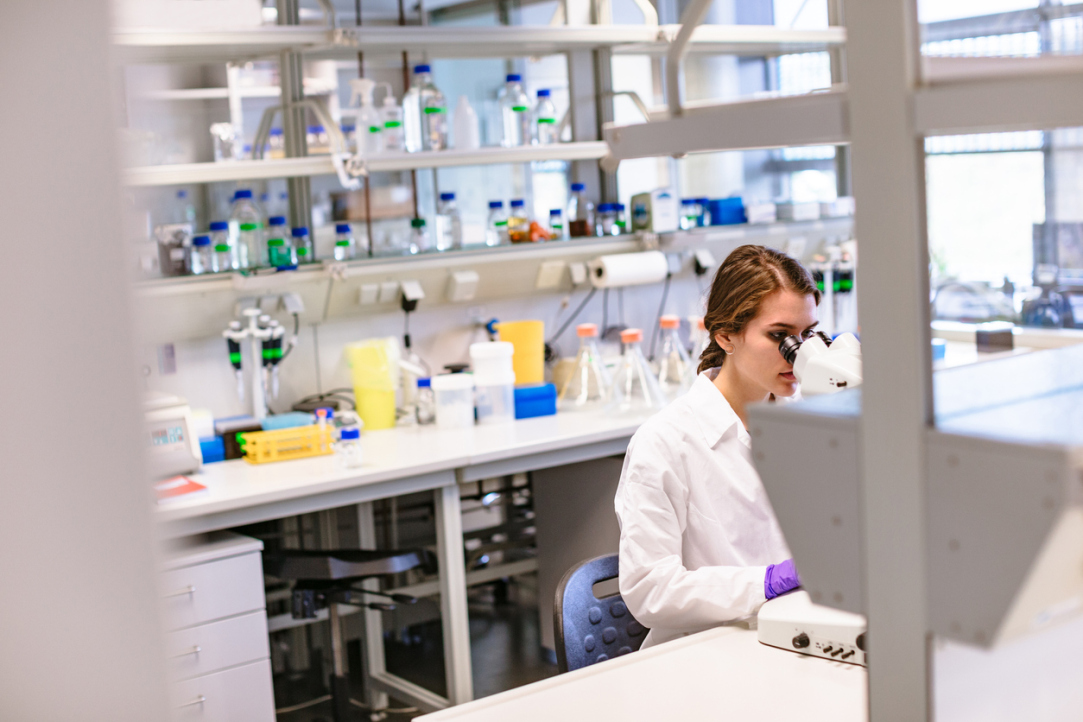A team of Russian researchers has synthesised a novel compound for boron neutron capture therapy (BNCT), a treatment for advanced cancer that uses the boron-10 isotope. The compound exhibits low toxicity, excellent water solubility, and eliminates the need for administering large volumes. Most importantly, the active substance reaches the tumour with minimal impact on healthy tissues. The study was published in the
International Journal of Molecular Sciences shortly before World Cancer Day, observed annually on February 4.
.jpg)
.jpg)
.jpg)

.jpg)
.jpg)
